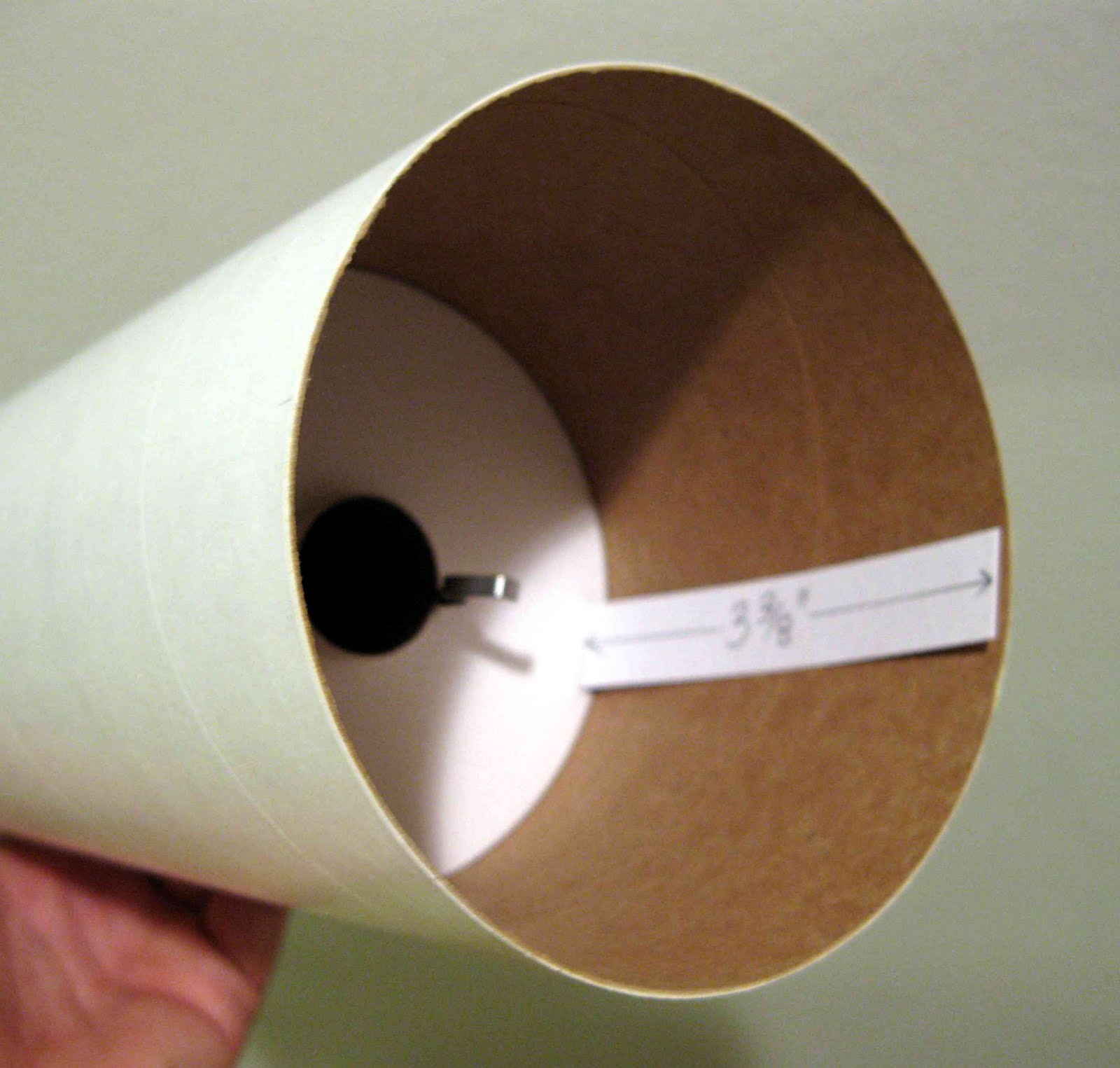eduncan911
Active Member
- Joined
- Jul 5, 2016
- Messages
- 36
- Reaction score
- 1
I just realized something. I think the Estes Saturn V kits are designed to use finless redirection of air to stabilize a rocket with such small fins in flight, known as "Engine-DrivenGas-Dynamic Stabilization."

More about this concept here:
https://www.apogeerockets.com/education/downloads/Newsletter379.pdf
The concept from my vintage kit, and the newer 2157 kits, all call for the motor mount to be installed about 3 3/8" up inside of the tube. With the stock 2.25" spacer for thrust ring, or a D motor hook, you are looking at a nozzle around 2.9" from the rear end.

There are concerns about the Krushnik Effect. According to Estes, this happens when the nozzle is inset more than the width of the body tube.
The Apogee PDF states a nozzle can be inset a little more than 1/2 the body tube width without issue.
The SatV bt101 tube is 4".
So basically, you wouldn't want to the nozzle any more than 2.25" from the base of the rocket.
2.9", if following the stock directions, seems a bit too much and may have been hurting these kits all these years. Or maybe it was just the right amount with combined with a low powered D motor (I plan on flying with E and F-sized power).
--
I've been researching stabilizing the Saturn V the last year or so before I tackle my build with my daughter. And reading up how to stabilize a rocket without fins hit me to how the Estes Sat V is constructed.
Here I was planning on a cluster of 5 motors sticking out the back through the original F1 engine plastic. That would have required clear plastic fins to stabilize the rocket.
But now this all makes sense as to stabilizing a rocket with little fins - inserting the nozzle to use redirection of air flow. I'll have to rethink my plans now (really want a cluster!).

More about this concept here:
https://www.apogeerockets.com/education/downloads/Newsletter379.pdf
The concept from my vintage kit, and the newer 2157 kits, all call for the motor mount to be installed about 3 3/8" up inside of the tube. With the stock 2.25" spacer for thrust ring, or a D motor hook, you are looking at a nozzle around 2.9" from the rear end.

There are concerns about the Krushnik Effect. According to Estes, this happens when the nozzle is inset more than the width of the body tube.
The Apogee PDF states a nozzle can be inset a little more than 1/2 the body tube width without issue.
The SatV bt101 tube is 4".
So basically, you wouldn't want to the nozzle any more than 2.25" from the base of the rocket.
2.9", if following the stock directions, seems a bit too much and may have been hurting these kits all these years. Or maybe it was just the right amount with combined with a low powered D motor (I plan on flying with E and F-sized power).
--
I've been researching stabilizing the Saturn V the last year or so before I tackle my build with my daughter. And reading up how to stabilize a rocket without fins hit me to how the Estes Sat V is constructed.
Here I was planning on a cluster of 5 motors sticking out the back through the original F1 engine plastic. That would have required clear plastic fins to stabilize the rocket.
But now this all makes sense as to stabilizing a rocket with little fins - inserting the nozzle to use redirection of air flow. I'll have to rethink my plans now (really want a cluster!).





